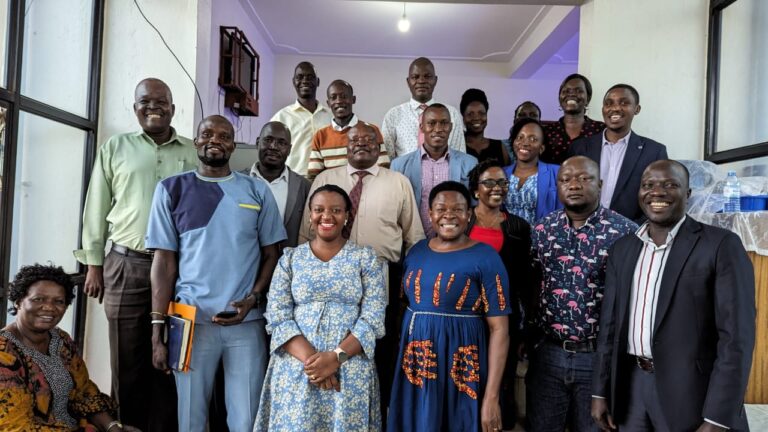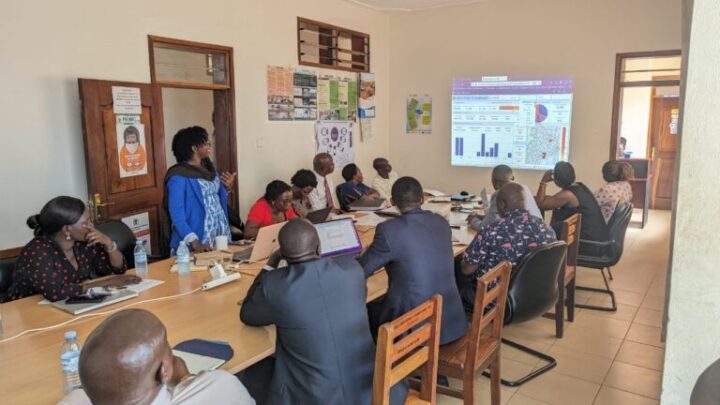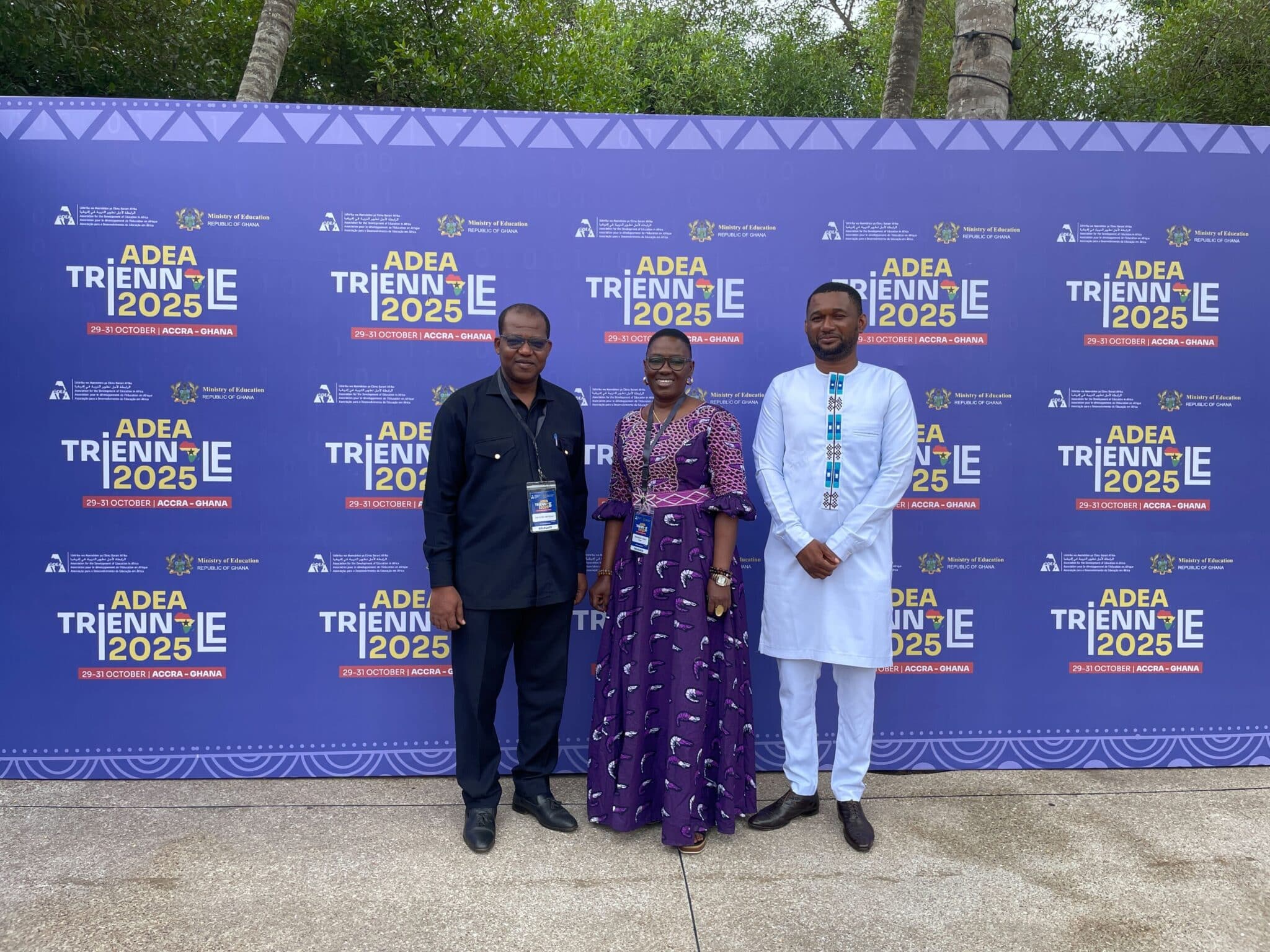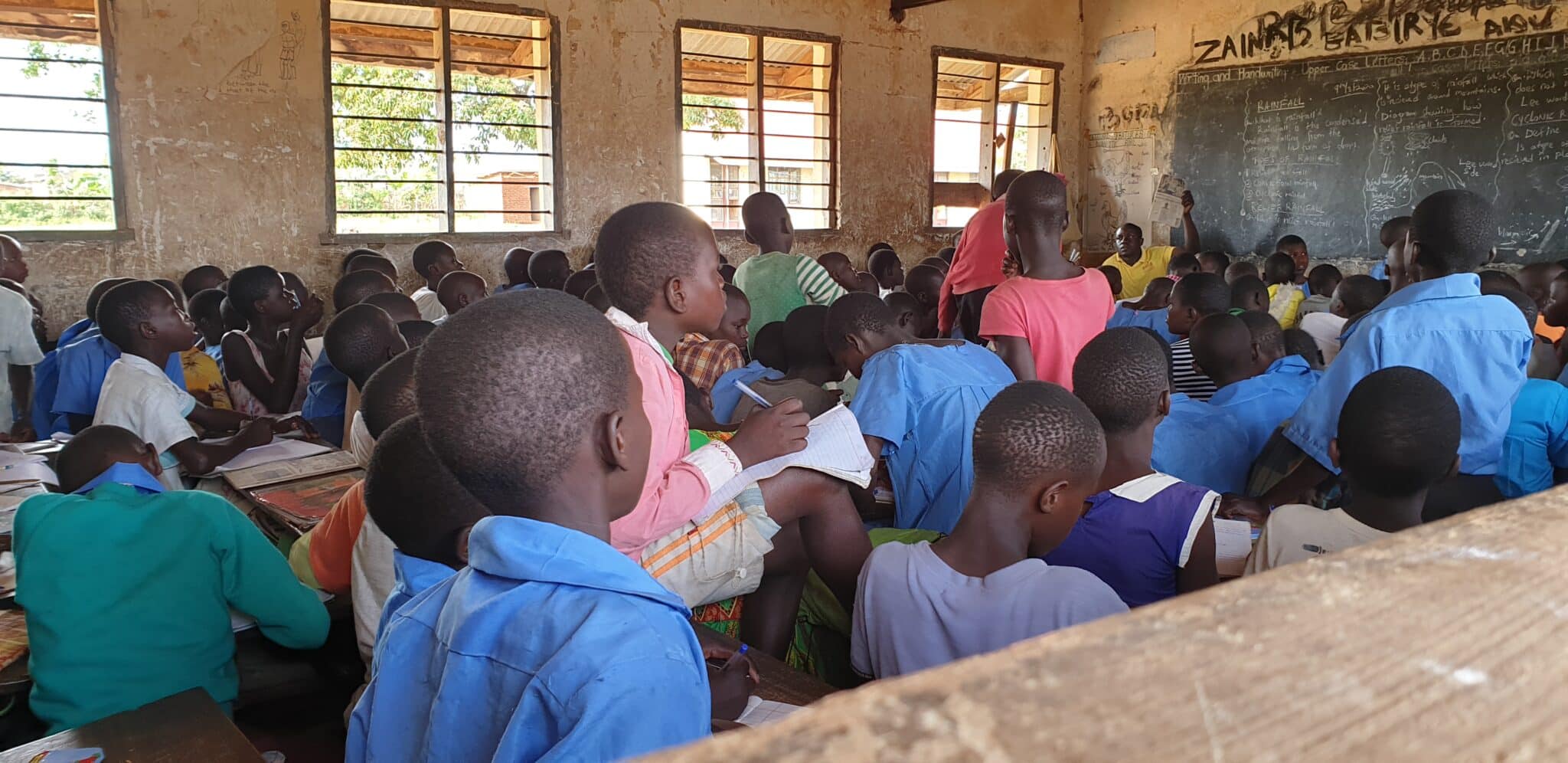
Gulu District Local Government established as a model district of excellence in Uganda
On 20th June 2023, an MoU was signed between Gulu district local government and HISP Uganda continuing efforts to improving the management and utilization of education data to inform planning, monitoring and resource allocation for better education service delivery and provision of quality education in the district.
On 20th June 2023, an MoU was signed between Gulu district local government and HISP Uganda continuing efforts to improving the management and utilization of education data to inform planning, monitoring and resource allocation for better education service delivery and provision of quality education in the district. This MoU creates an opportunity for establishing Gulu District as a model District of Excellence (DoE) for knowledge generation and sharing, strengthening management and utilization of data, promoting cross-sectoral collaborations and learning, and informing scaling of innovations.
The signing of the MoU preceded a stakeholders’ meeting that reviewed progress on the ongoing implementation of the DHIS2 for Education project in the district. This meeting was attended by the district leadership including the Chief Administrative Officer (CAO), Resident district Commissioner (RDC), Chairperson LCV, the technical teams from both health and education departments, district planner, district executive committee, Assistant Commissioner Special Needs Education at the Ministry of Education and Sports and the HISP Uganda team.
During the meeting the education and health teams demonstrated how the DHIS2 platform had improved ease of reporting, data visualization, and availability of data for use. A mutual agreement was reached that DHIS2 was a key platform that would be leveraged to strengthen and improve data management and use within the district level. Specific stakeholder roles and responsibilities were highlighted with an emphasis on promoting data access and sharing for monitoring and use of the data. Following this meeting, the draft MoU was reviewed, updated and signed off with a common commitment to use the DHIS2 in both education and health departments for improved data management and use within the district.



